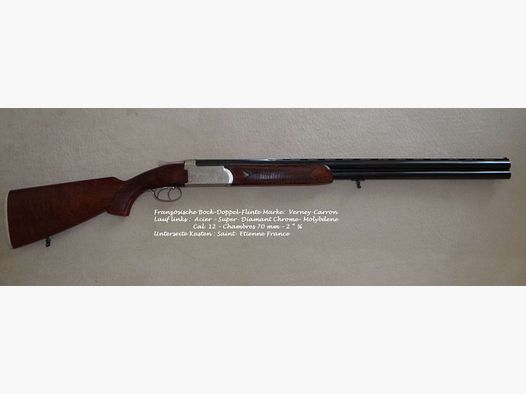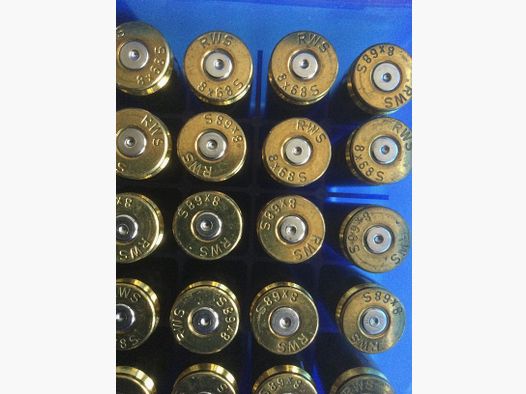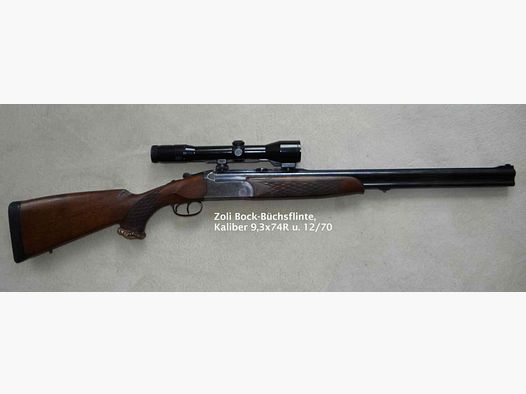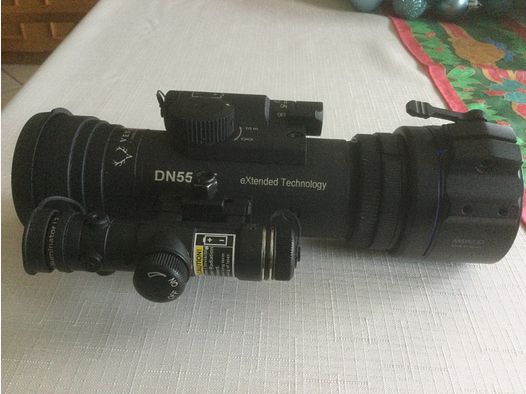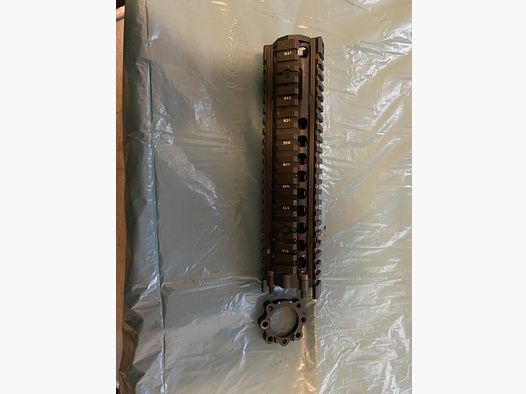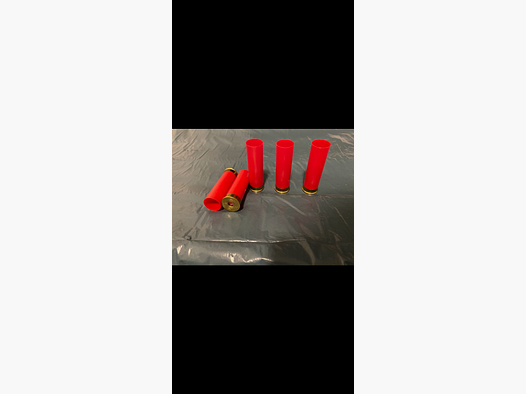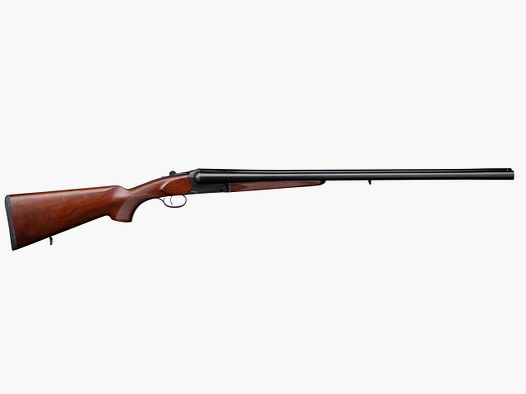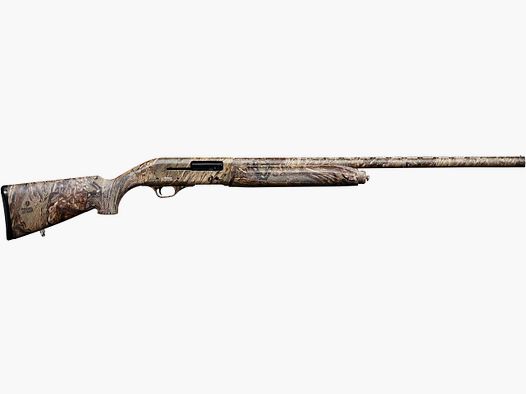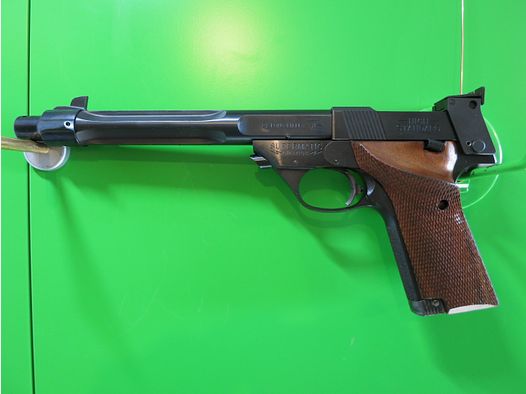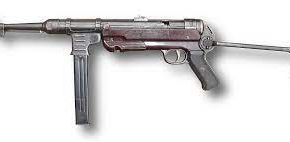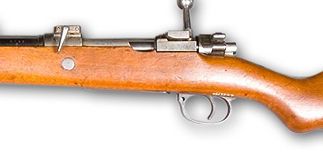The Assault Rifle 44 (StG 44) marks a decisive turning point in the development of infantry weapons and is considered one of the first assault rifles in the world. Developed and manufactured in Germany during World War II, it combined the fire rate of a machine gun with the handling and caliber of a carbine. This innovative weapon design significantly influenced the development of infantry weapons and laid the foundation for modern assault rifles.
Development History
The development of the StG 44 began under the designation "Machine Carbine 1942 (MKb 42)" in response to Soviet tactics and the effectiveness of the Soviet PPSh-41 submachine guns experienced during World War II. The German armed forces needed a weapon that combined the firepower and range of a rifle with the fire rate of a machine gun. After several prototypes and changes in designation – from MKb 42 (H) to MP 43/1, MP 43 to MP 44 – the final version became known as the "Assault Rifle 44."
Technical Specifications
- Caliber: 7.92x33mm Kurzpatrone
- Weight: Approx. 5.22 kg (empty)
- Length: 940 mm
- Magazine Capacity: 30 rounds
- Rate of Fire: About 500-600 rounds per minute
- Effective Range: 300 meters, with the ability for accurate fire up to 600 meters
Design and Features
The StG 44 was revolutionary for its time. It featured a gas-operated loading system with a rotating bolt and offered both semi-automatic and fully automatic firing modes, making it extremely versatile. The rifle was equipped with a detachable, curved magazine for 30 rounds, allowing for quick and efficient reloading. The use of the 7.92x33mm Kurzpatrone allowed for effective volume fire at medium ranges without the drawbacks of heavier and longer standard rifle cartridges.
Use in World War II
The StG 44 began to see extensive use from 1944, particularly on the Eastern Front. Despite its late introduction and the limited numbers produced and delivered, the superiority of the concept quickly became apparent. It significantly increased the firepower of infantry units and proved to be extremely effective in the diverse combat situations of the late war.
Post-War Period and Influence
Although the StG 44 was introduced towards the end of World War II and its distribution was thus limited, it had a tremendous influence on the future development of infantry weapons. It inspired the development of the Soviet AK-47, the American M16, and numerous other assault rifles worldwide. Its design and functionality set the standard for modern infantry armament.
Conclusion
The Assault Rifle 44 stands as a pioneering achievement in the history of military technology. It demonstrated the advantages of a new class of weapons that could dramatically increase the effectiveness of infantry on the battlefield. Through its innovations in firepower, range, and handling, the StG 44 significantly influenced the direction in which the development of firearms would move in the 20th century and beyond.




